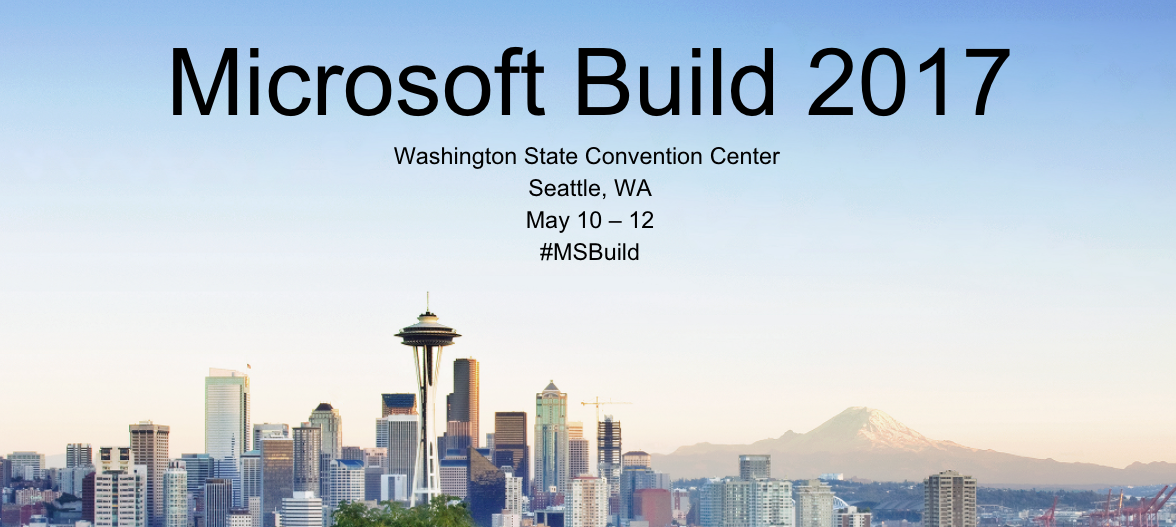
Serverless computing – adding an abstraction layer above cloud infrastructure – promises to let developers write code without worrying about the underlying platform. Microsoft today announced it is augmenting its data and cloud services offering with Azure Cosmos DB, a database service that the company says scales horizontally with guaranteed uptime, throughput and virtually no latency.
At its Build developer conference here in Seattle, Microsoft also announced Visual Studio for Mac, built natively to provide support for mobile and cloud workflows. It has been optimized with ASP.NET Core and .NET Core to allow developers to write code in a language their are familiar with that ties back-end data and logic into their applications. Microsoft previewed Docker, Azure Functions and Xamarin.IoT support.
RELATED CONTENT: Microsoft Build puts focus on AI, data, cloud services
While new tools and updates were demonstrated and discussed, Microsoft CEO Satya Nadella set the tone for the conference by noting a fundamental shift in the world view of computing. “AI is everywhere, the ability to reason over large amounts of data, create intelligence and distribute it,” Nadella said. “Moving from a mobile-first, cloud-first world to a new world that is going to be made up of an intelligent cloud and an intelligent edge.”
To that end, the company also offered a preview of Azure IoT Edge, designed to bring the benefits of the cloud to edge devices. Azure IoT Edge enables cloud functionality to be exported and run on IoT devices remotely. Logic can be tested and developed in the cloud, CI/CD pipelines can be created in the cloud, and then that exact same code can be run on devices with low latency.
From the data side, Microsoft announced a new Azure data migration service, which streamlines moving data systems to Azure, including Oracle and SQL Server. Also, Microsoft is offering MySQL and PostgreSQL as managed services to developers in order to give them more choice.
Among other announcements made by Microsoft are:
An investment into the command line interface, and bringing the Azure Cloud Shell inside the Azure Portal to manage virtual machine instances inside Azure, and monitor and manage them on Android and iOS with the Azure Mobile App. Visual Studio debugging capability also was shown.
Windows Server Containers support in Azure Server Fabric, and a preview of using Docker Compose to deploy containers to Service Fabric.
Microsoft Graph APIs — which provides access to Office 365 intelligence about people, their work and conversations – is now available to developers, including SharePoint and Microsoft Planner APIs. The company teased at a new app experience for developers wanting to add functionality to Microsoft Teams, the company’s new chat-based Office 365 workspace.
The company added new cognitive services that will enable developers to build such intelligence capabilities as vision, speech, language and search to their applications, as well as for bot experiences. New services include Bing Custom Search, Custom Vision Service, Custom Decision Service and Video Indexer. A new PowerPoint add-in called Presentation Translator, which leverages Microsoft’s Translation APIs, was featured. The new Cognitive Services Labs were also launched, enabling developers to experiment with new services, such as a Gesture API, still in the early stages of development.
The Cortana Skills Kit is now in public preview. Developers can build skills for Cortana by creating a bot and publishing it to the new Cortana channel of the Bot Framework. This is available across Android, iOS and Windows.





